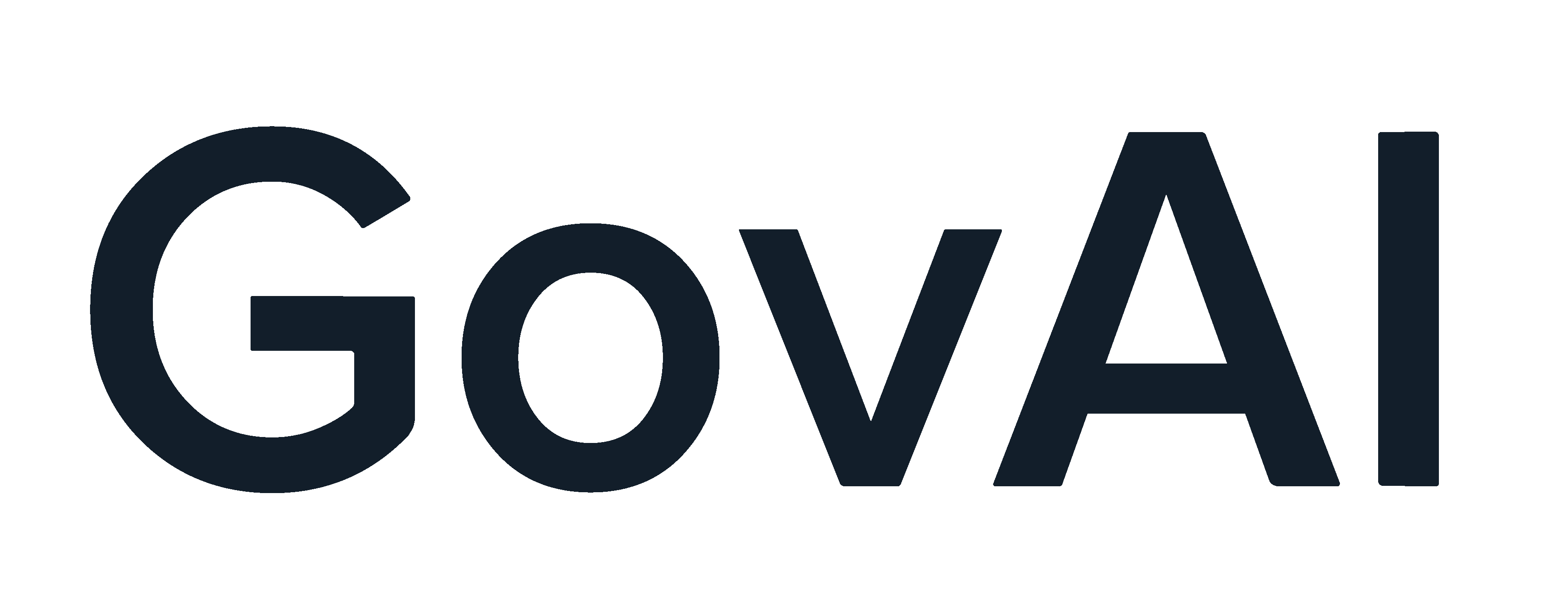Addressing the U.S. Labor Market Impacts of Advanced AI
AI is poised to reshape the U.S. labor market, with estimates suggesting that 80% of the workforce will be impacted by the diffusion of current AI systems. While AI promises significant economic benefits through accelerated growth and technological innovation, rapid advancements will fundamentally alter skill demands and cause many workers to make job transitions.
Some leading AI developers project that autonomous AI agents could surpass human performance in most cognitive work tasks within just a few years. The labor market impacts of such an advancement are likely to be profound. However, considerable uncertainty remains about exactly how these advances will affect wages and employment patterns. This combination of significant potential impacts and uncertainty about when and where they will emerge makes addressing AI’s labor market effects especially challenging.
A dual-pronged policy response is needed—one that both monitors AI’s impact and strengthens society’s ability to adapt to potentially rapid economic change. This brief recommends policy actions to monitor impacts through high-frequency data collection on AI adoption and use, enhanced tracking of job transitions, and focused assessments of particularly vulnerable worker populations. It further recommends building adaptive capacity by fostering public-private partnerships to broaden access to AI-driven productivity gains, developing rapid-response frameworks that enable policy agility in the face of uncertainty, and exploring how a scalable automation adjustment assistance program could be designed that is responsive to labor market impacts.
These measures are vital to boost the economic security of American workers and ensure that AI-driven productivity fuels economic growth and national competitiveness.



